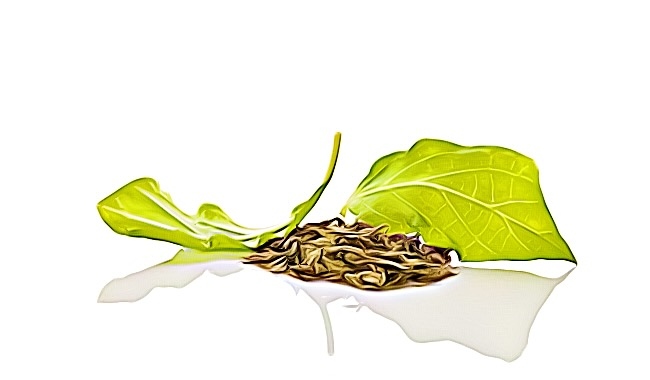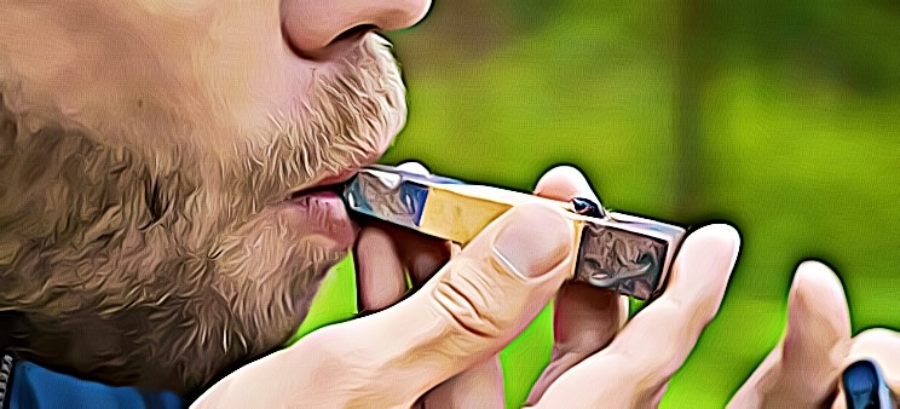While President Biden pushes for marijuana legalization, the growing acceptance of natural hallucinogens like Salvia divinorum may lead some to experiment. However, it’s important to recognize that Salvia effects can still be abused despite its natural origin.
This article will discuss Salvia divinorum, its appearance, typical consumption methods, its effects, and its legal status in the United States.
Legal Status In The United States
Salvia divinorum or Salvinorin A doesn’t have an FDA-approved medical use in the United States since Salvia divinorum doesn’t fall under the Controlled Substances Act. However, different states have passed laws to control it. Since the CSA doesn’t handle the active constituent, online botanical companies and drug promotional sites have advertised salvia as a legal alternative to mescaline.
While salvia is legal under federal law, other states and countries passed laws to regulate its use. At the same time, the U.S. Drug Enforcement Administration (DEA) lists salvia as a drug of concern because of its risks.
What Do The Experts Think?
The Center for Substance Abuse Research cited that Salvinorin A is the most potent hallucinogen.
While there are ongoing studies on how salvia functions in the brain, we know that it changes the neurons’ signaling process in the brain by attaching to nerve cell receptors called kappa-opioid receptors; it also affects dopamine receptors.
In the early 2000s, teenagers recorded themselves using salvia and uploaded them online; some videos garnered 500,000 views on YouTube. Fortunately, salvia among teenagers has decreased in popularity since then.
A 2018 Monitoring the Future study of eighth-, tenth-, and twelfth-graders reported that less than one percent of teenagers say they use salvia.
Defining Salvia Divinorum
Salvia divinorum, colloquially known as Maria Pastora, Sally-D, Magic Mint, Diviner’s Sage, or simply Salvia, is a heavily abused perennial herb in the mint family for its hallucinogenic effects.
It is a native herb to certain areas of the Sierra Mazateca region of Oaxaca, Mexico. It’s one of the several plants Mazatec Indians used for ritual divination. Nowadays, people can successfully grow Salvia divinorum plants outside the region. They can also grow indoors and outdoors, especially in hotter semi-tropical climates.
Salvia divinorum is a fast-acting hallucinogenic plant that teenagers and young adults consider a popular recreational drug. They can typically chew, smoke, or drink this drug.
“Legal” trips are a common effect of salvia because they imitate illicit substances such as ecstasy and LCD. However, their results only last for about eight minutes before wearing off.
How To Identify Salvia Divinorum
Like mint, Salvia divinorum has green spade-shaped variegated leaves. They have large green leaves, hollow square stems, white flowers with purple calyces, and can grow to more than three feet high.
People commonly mistake this perennial herb as a legal alternative to marijuana. While it’s green, and you can dry and smoke them, it’s not similar to cannabis.
You can sell them as seeds, leaves, or liquid extract. At the same time, it somewhat smells like incense when you burn them.
What Does Salvia Do?
Salvia is a hallucinogenic drug. Salvinorin A is the active ingredient in the salvia herb, a chemical acting on specific brain receptors and causing hallucinations. It can only produce a psychoactive effect when oral mucosa, lungs, and bloodstream absorb enough Salvinorin A.
Some people liken smoking salvia to “flipping a switch,” where everything turns from ordinary into an altered sense of reality and self-awareness. They often describe it as a “20-minute trip,” where it begins less than a minute after smoking the plant. This shorter duration appeals to first-time users who are scared to take an hour-long trip.
There are also claims that salvia can change interoception, the experience of what occurs in your body, and can disorient you. At the same time, interoception makes it challenging to identify what’s real. The salvia quantity to produce these effects varies depending on the person, leaf quality, and potency.
Several people who tried salvia don’t like it, describing an intense, disturbing, and frightening experience, not fun or euphoric.
Common Consumption Methods
People can consume salvia in different ways, such as by chewing the fresh leaves, drinking the extract mixed into drinks, smoking through a bong, joint, pipe, or vape, and placing tincture drops under the tongue.
Physical Effects of Salvia
They may experience typical side effects such as visual distortions, hallucinations, unable to differentiate reality, dizziness, synesthesia, and seeing cartoon-like imagery.
However, they may also experience more adverse physical effects, such as decreased coordination, dysphoria, and slurred speech.
Mental Effects
Salvinorin A is the primary ingredient responsible for the Salvia divinorum‘s psychoactive effects.
Psychic effects include seeing bright lights, vivid colors, shapes, body movement, and distorted bodies or objects. This perennial plant may also cause fear, panic, uncontrollable laughter, overlapping realities, paranoia, and hallucinations.
Users usually experience intense hallucinations immediately that can impair judgment and disrupt sensory and cognitive functions.
Salvia’s Duration In The Body
Factors such as dosage, frequency, age, weight, metabolism, hydration, and activity levels determine how long salvia stays in your system. Drug tests for salvia are costly and uncommon.

The Dangers Of Salvia
Several physical and mental effects raise concerns about the dangers of driving under the influence of this hallucinogen. At the same time, any drug that incapacitates you during use can increase the risk of serious injuries.
It’s unclear if there are casualties tied to salvia. However, the European Monitoring Center for Drugs and Drug Addiction cites that emergency reports reflected lasting psychosis in vulnerable people. At the same time, salvia was a culprit in at least one suicide case.
Salvia’s long-term effects are unknown. However, animal studies reported that the drug could affect learning abilities and memory.
Other Drugs Causing Similar Effects
People who chew or smoke Salvia divinorum have similar effects with scheduled hallucinogenic substances.
Off-Label Uses
In ancient times, shamans used salvia as a healing and divining tool, as Salvia divinorum translates to “sage of the seers.”
Ethnobotanist Daniel Siebert, who studied salvia for over 20 years, stated that the herb induced a visionary trance state, making it possible for healers to detect the underlying cause of the disease and learn the steps to remedy it.
There is currently no medical use for salvia. However, research is ongoing to investigate Salvinorin A to treat Alzheimer’s disease, addiction, and dementia.
Signs Of Salvia Use
Teenagers can access salvia better than other drugs, and parents must educate themselves and their children on its potential dangers.
If you think your teen is using salvia, monitor behavioral changes, mood, personality shifts, hygiene and appearance problems, health issues, school concerns, and loss of interest.
At the same time, watch out if they’re burning incense, which many say has a similar smoked Magic Mint smell. You must also look for seeds, leaves, liquid extracts, or drug paraphernalia. Likewise, you must check their devices for frequent contacts, messages, or social media content about using salvia.
Tolerance, Dependence, And Withdrawal
It’s still unclear if using salvia can lead to addiction since it needs more research to learn about its addictive properties and whether it’s possible to tolerate and experience drug withdrawal symptoms.
At the same time, you might have a higher risk of getting addicted if your loved one struggles with substance abuse and you’re frequently tripping.
Seeking Help
Overcoming addiction begins when you reach out for help. If you think your teen is abusing salvia, it’s time to spend more time together, monitor signs of use, and educate them on the drug’s potential dangers.
While there are no FDA-approved drugs to remedy salvia abuse, cognitive behavioral therapy (CBT) works best for people abusing dissociative drugs.
At the same time, abrupt quitting may not be the best option since tolerance and withdrawal still need more research. If someone continues using drugs to escape reality, they might need proper medical care or check in addiction treatment centers. They can safely detox and address other underlying mental health problems.
Get Help for Your Addiction
As the American government continues to legalize marijuana, users start experimenting with other recreational drugs, such as Salvia divinorum. Although it’s not federally regulated, some states have passed laws regarding its legality. However, you must use this substance in moderation to avoid problems down the road.

